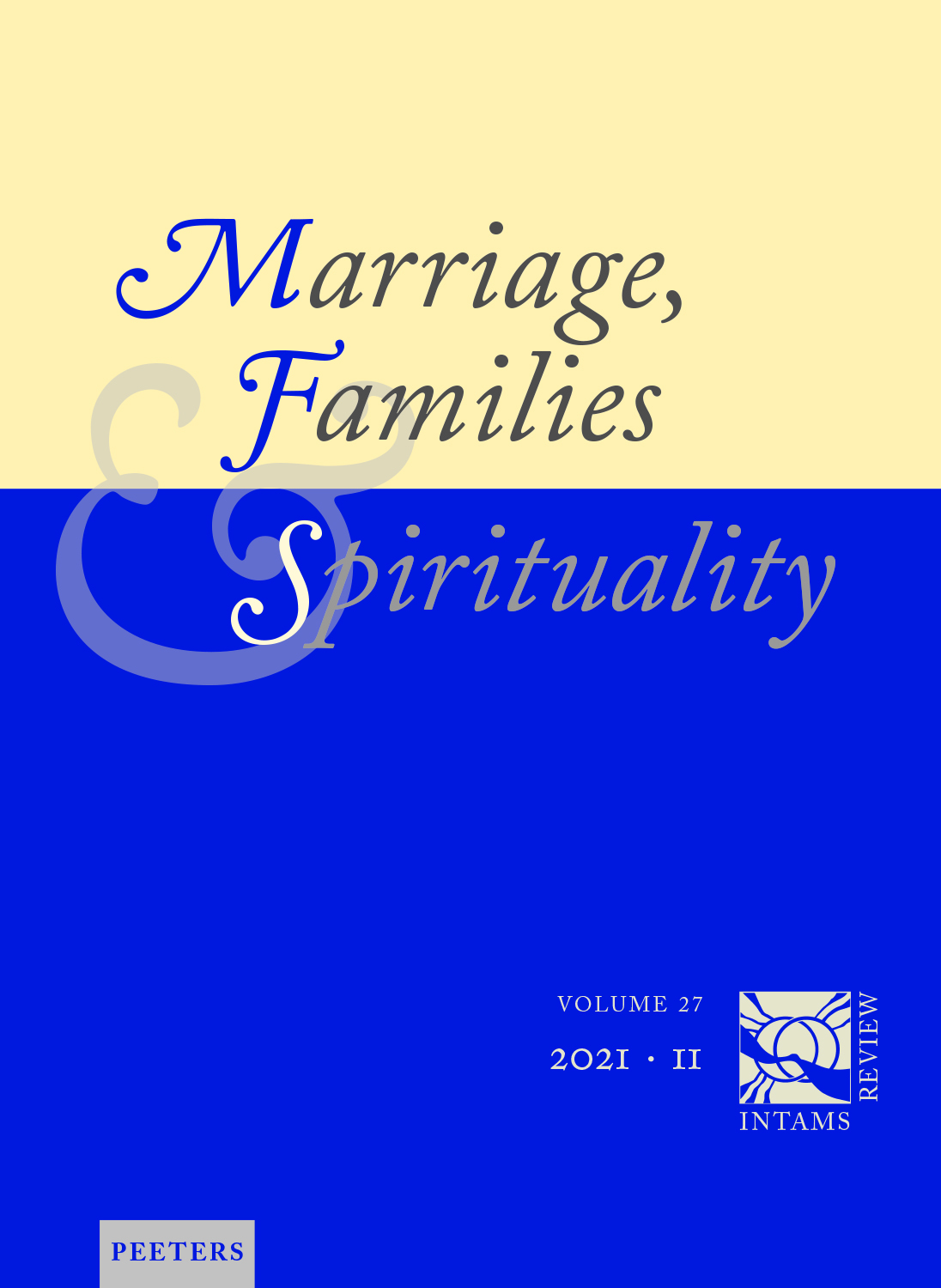 previous article in this issue previous article in this issue | next article in this issue  |

Preview first page |
Document Details : Title: Guillaume Postel's Kabbalistic Notions of Marriage, Sex, and Family Author(s): WEISS, Judith Journal: Marriage, Families & Spirituality Volume: 26 Issue: 1 Date: 2020 Pages: 74-92 DOI: 10.2143/INT.26.1.3288951 Abstract : The Zohar, a fundamental work in Jewish mystical thought, depicts a creation that emerges from the relations – described using explicitly sexual terms – between male and female attributes (Sefirot) of the Godhead. It emphasizes the erotic, carnal aspect of the metaphor, framing legitimate human intercourse as an incentive for divine intercourse. Although not overly representative of 'Christian Kabbalists' of the early modern period, the French linguist Guillaume Postel’s (1510-1581) work is of interest for his engagement with issues associated with gender relations within the body of partly personified divine aspects of Jewish mysticism. Here, Weiss explores how Postel, in the first comprehensive Latin translation of and commentary upon the Zohar, takes the basic quadruple Sefirotic structure – a divine male and female couple (Hokhma and Bina) and a mundane male and female couple (Tiferet and Malkhut) – and reinterprets it with a creative progression that flows from God (higher male) to Christ (lower male) to motherhood in general and his spiritual mother – the Venetian nun Johanna – in particular (higher female) to creation in general and himself in particular (lower female). He sanitizes the Kabbalistic presentation, expressing his negative view of female sexuality in terms of an espousal of virginity, celibacy, and chastity, the renunciation of physical gratification as a means to attaining spiritual pleasure. The mundane coupling of male and female becomes something to be foregone in favor of the divine coupling of those attributes, legitimized by matrimonial union, which generate creation and will redeem fallen nature. Weiss also highlights an interesting interpretation of Adam’s sin as having conjugated with Eve, Christ’s wife up until that moment, in the absence of her husband. Since that union was one of selfish lust, excluding the higher, divine element, their offspring were mortal. This suggests that, had Christ, Eve’s first husband, taken part in the union, they would have produced 'spiritual children', probably immortal ones with a Home (Domus [Universi])for them to inhabit. The only legitimate manner of sexual coupling therefore is to include the divine element in the process. Bodily copulation can be repaired and renewed if it is reconnected to its spiritual root, divine coupling. |
|


